The German government is increasingly focusing on offshore wind power as it looks to expand the use of renewable energy sources. The Arcadis Ost 1 wind farm paves the way for further projects.
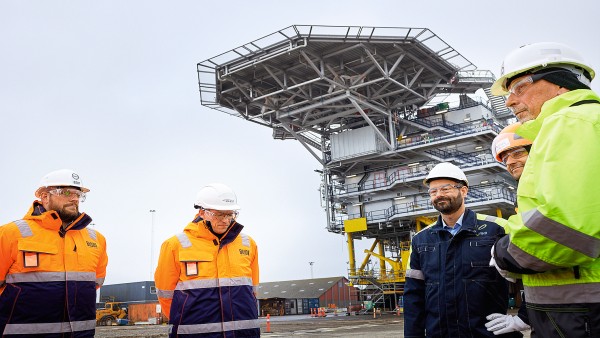
Construction of the substation in Aalborg, Denmark, was also attended by the Deputy Prime Minister of Belgium (second from left).
If there is one town that symbolises the turnaround in Germany’s energy policy, it is Lubmin. The locality in Mecklenburg-Vorpommern is home to more than just the remains of a nuclear power plant. The Nord Stream 1 and Nord Stream 2 pipelines, once a token of cooperation between Germany and Russia, also end there. And the submarine cable belonging to the transmission system operator 50Hertz will also make land here shortly. The cable will carry electricity generated by the new Arcadis Ost 1 wind farm to the mainland.
Arcadis Ost 1 is a symbol in its own. The offshore wind farm, which will be built 19 kilometres north-east of the island of Rügen, is scheduled to come online in early 2023. This is a testament to the promise made by Federal Minister Robert Habeck to safeguard the German energy supply and no longer be dependent on Russian natural gas. With a rated output of 257 megawatts, Arcadis Ost 1 will be on the smaller end of the spectrum for wind farms. Nevertheless, with an annual output of one million megawatt hours, the 26 wind turbines are able to supply 300,000 households with energy.
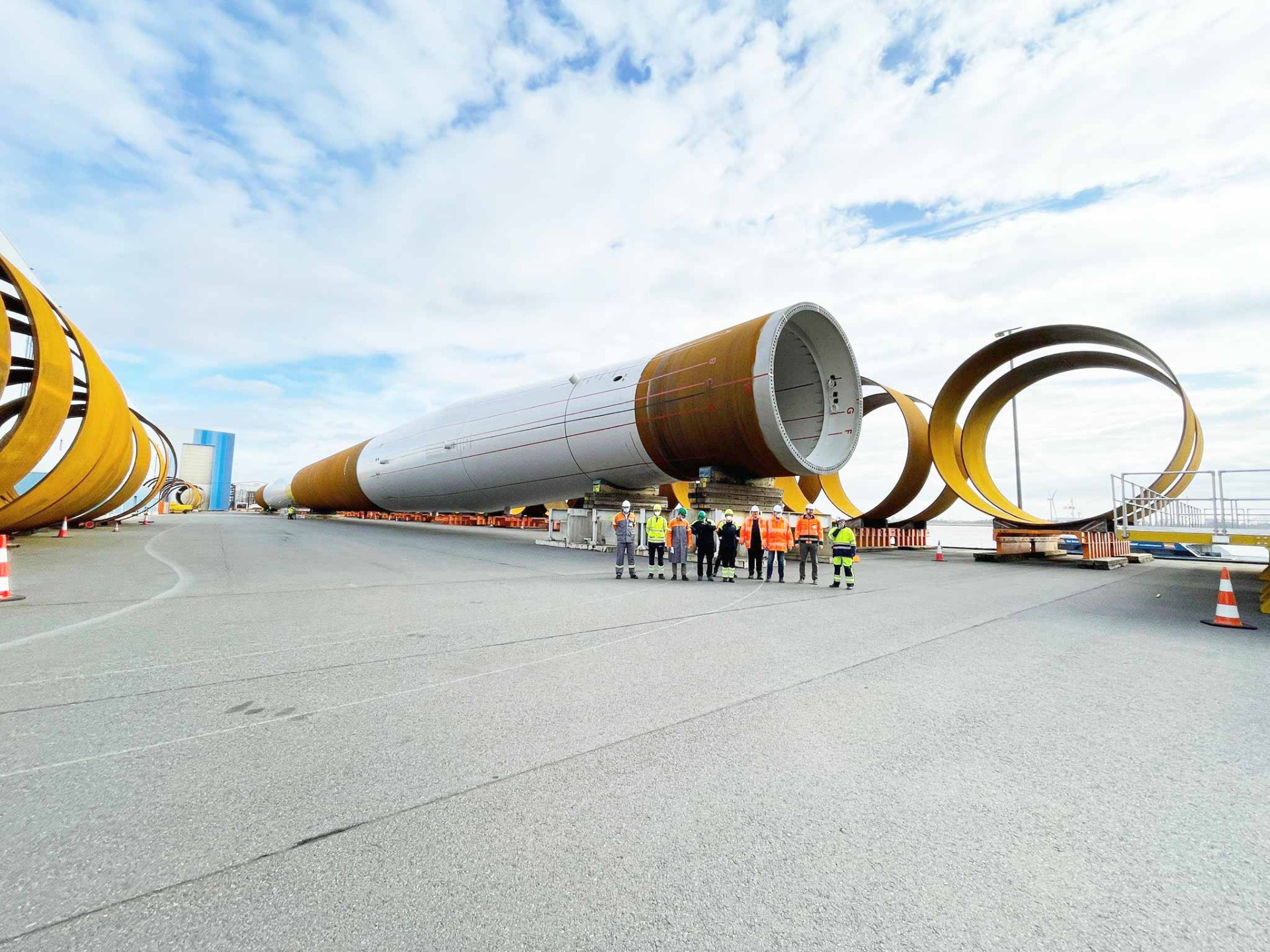
Gigantic
The monopile for the substation was built at the wind turbine manufacturer Steelwind Nordenham in Lower Saxony. It weighs 2,100 metric tons - about eight times as much as an Airbus A380.
The German Federal Ministry for Economic Affairs and Climate Action wants to substantially expand offshore wind power in the North and Baltic Seas. “Renewable energy sources will provide the foundation for the electricity supply in the future,” states Habeck. “Generating sufficient electricity from offshore plants is essential to this. Offshore wind power in particular provides an especially consistent stream of energy.” In other words, Arcadis Ost 1 is paving the way for further offshore wind power projects. Europe saw the addition of four gigawatts (GW) of offshore wind power in 2021. Infrastructure capable of generating 3.1 GW is planned to be completed in Germany by 2025. An extra 2.5 GW must be connected to the grid every year to meet the requirements of the Federal Government’s “Easter Package” of energy measures and increase output from the current 7.8 GW to 30 GW by 2030.
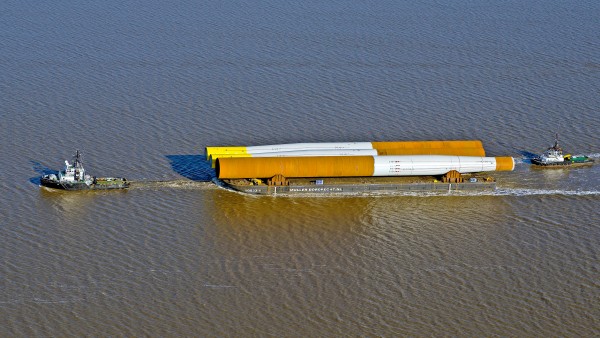
A mammoth task
The 108-metre-high wind monopiles are transported to the installation vessel by sea pontoon.
“Offshore wind makes a significant contribution to meeting climate targets and is an important growth sector for banks that finance projects,” states Peter Schäfer, Head of the Wind Energy Team at KfW IPEX-Bank, which has been a leader in this sector for more than 15 years. To date, it has structured, arranged and co-financed 31 projects. “Relying on the expertise of our in-house engineers, we were convinced very early on by the feasibility and advantages of these large-scale offshore power plants. In our role as consultants and arrangers, we made a significant contribution to developing the first offshore wind farms in Germany.”
The projects, in turn, benefit from this expertise. Because wind energy is a complex global business. Arcadis Ost 1, a 570-million-euro project, was developed by Belgian company Parkwind together with PMV and OstseeWindEnergie, which itself is supported by three partners: Oberhessische Versorgungsbetriebe, Stadtwerke Bad Vilbel and WV Energie. Parkwind has been developing, financing, constructing and operating offshore wind farms for more than ten years. However, Arcadis Ost 1 is the first to be fully built using floating platforms – a state-of-the-art technology which is more efficient on an uneven seabed than the previous solution, which required vessels to lay pylons on the seabed. In addition, this is the first project that Parkwind has worked on outside Belgium.
The 30-metre-high, 2,400-metric tonne substation for Arcadis Ost 1 is being produced in Germany, Denmark and Norway. The gigantic wind turbines, which come to a total height of just under 200 metres, are being transported and set up by specialised crane ships. The XXL monopile foundation on which the substation will sit weighs just under 2,100 tonnes – about eight times as much as an Airbus A380. The IPEX team is already looking ahead. “We are confident that we will soon be able to apply our financing expertise in offshore wind to new projects and in new markets, such as Poland,” Schäfer adds.
Published on KfW Stories: 22 June 2022.
The described project contributes to the following United Nationsʼ Sustainable Development Goals
Goal 7: Ensure access to affordable, reliable, sustainable and modern energy
Close to 80 per cent of the energy produced worldwide still comes from fossil fuel sources. Burning fossil fuels also generates costs for the health system due to air pollution and costs for climate-related damages that harm the general public, not just those burning the fuel.

All United Nations member states adopted the 2030 Agenda in 2015. At its heart is a list of 17 goals for sustainable development, known as the Sustainable Development Goals (SDGs). Our world should become a place where people are able to live in peace with each other in ways that are ecologically compatible, socially just, and economically effective.

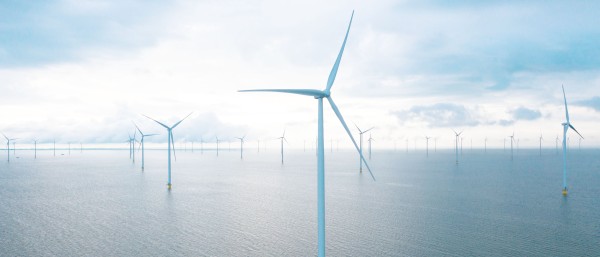
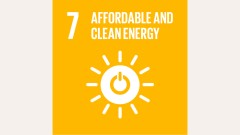
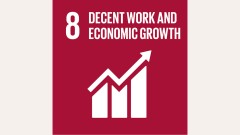
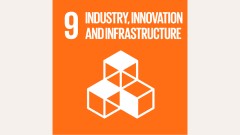
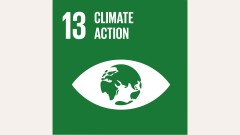
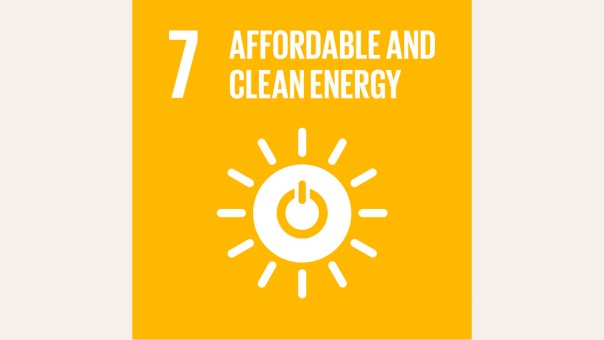
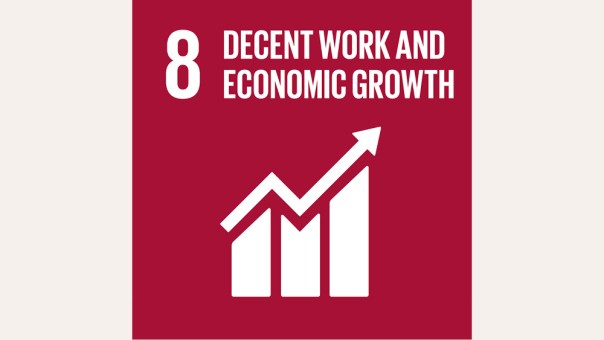
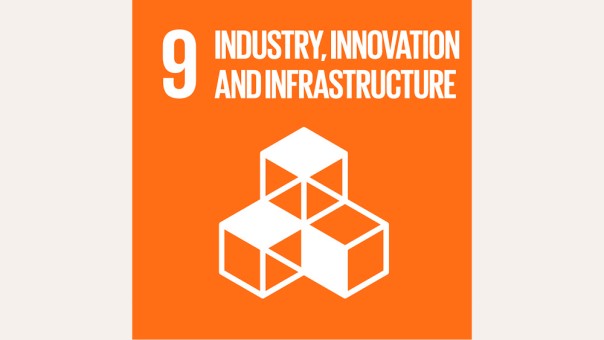
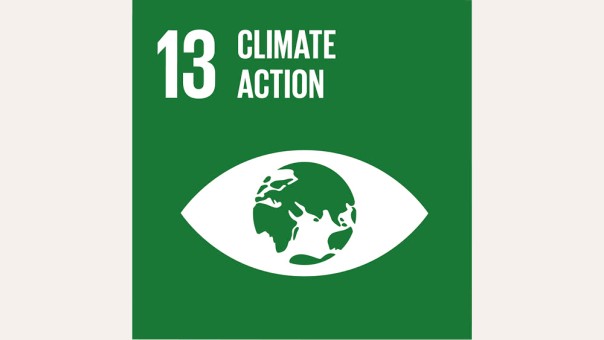
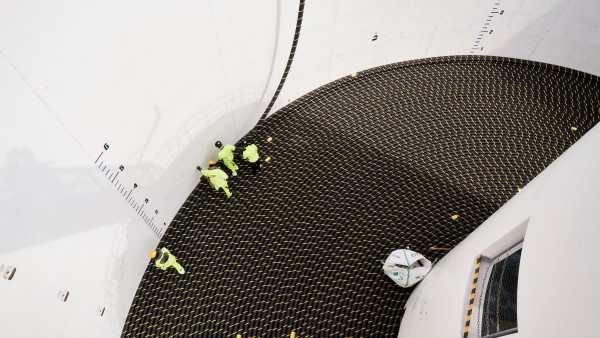
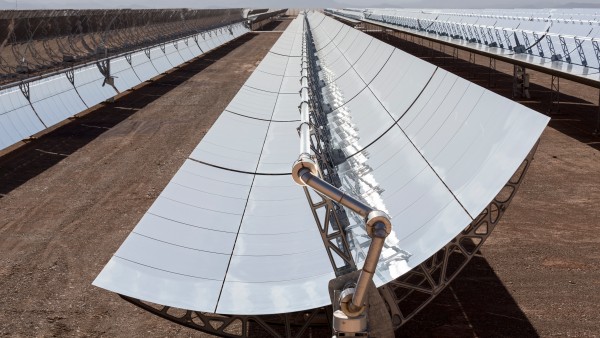
Data protection principles
If you click on one of the following icons, your data will be sent to the corresponding social network.
Privacy information